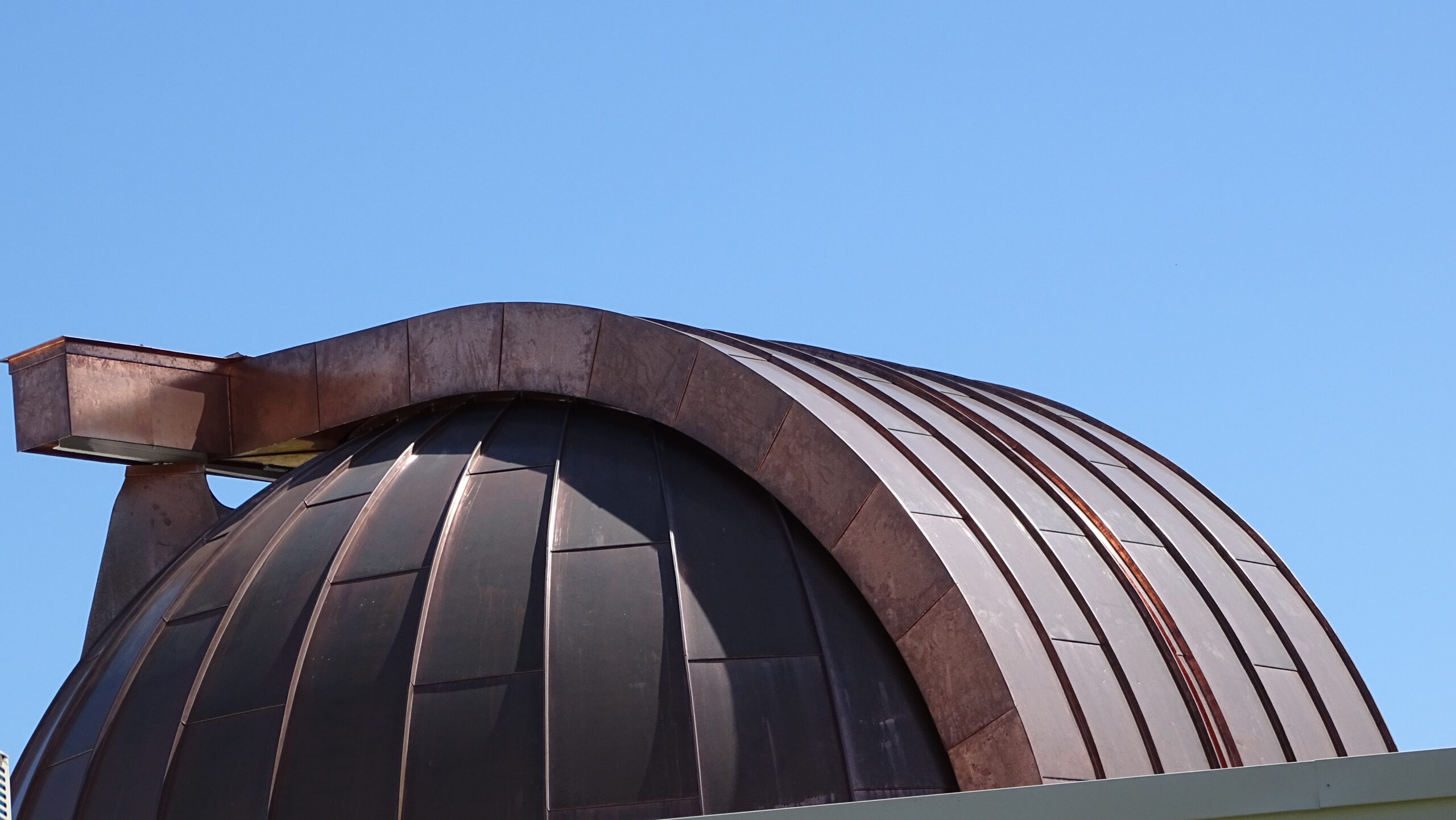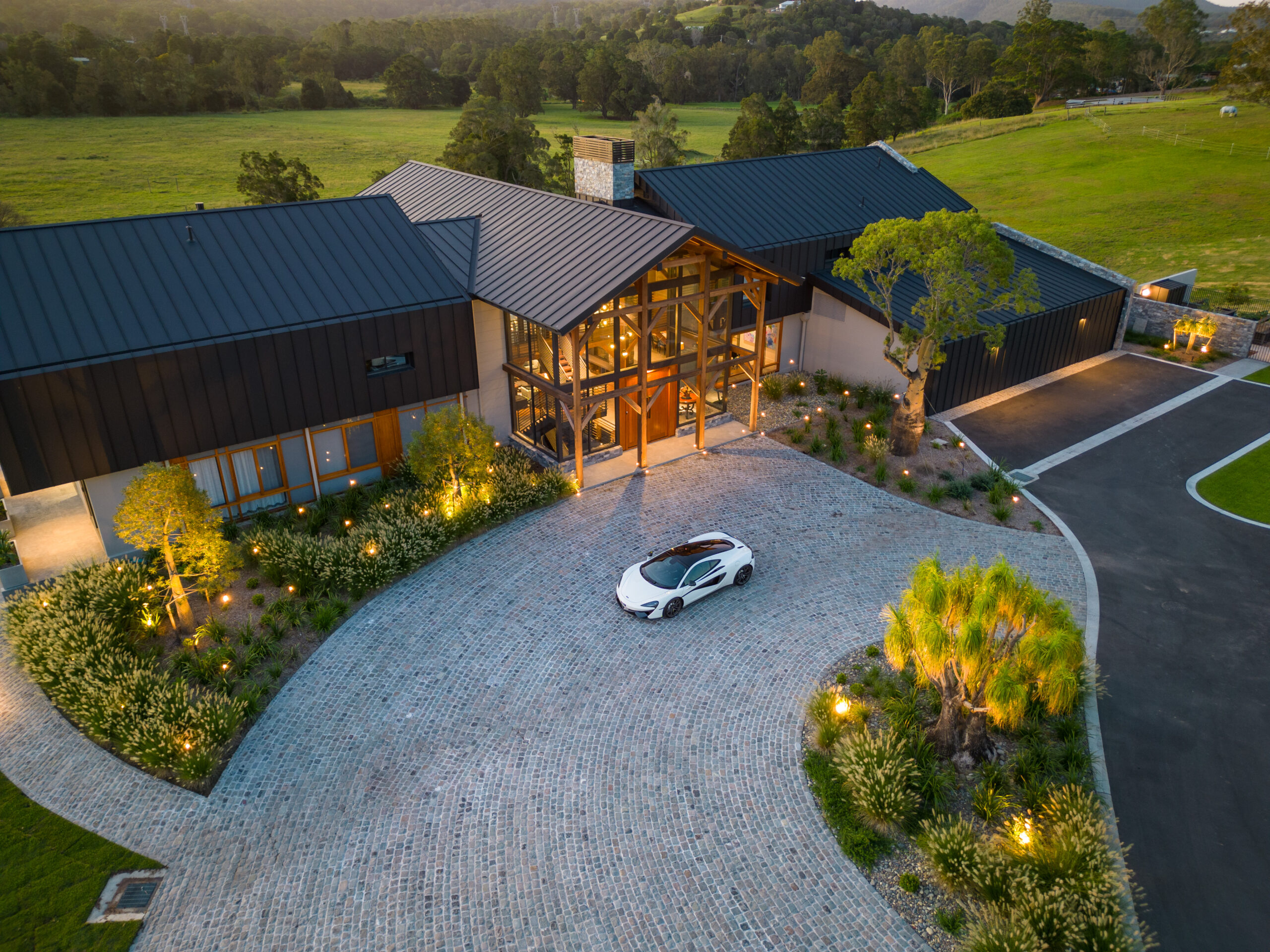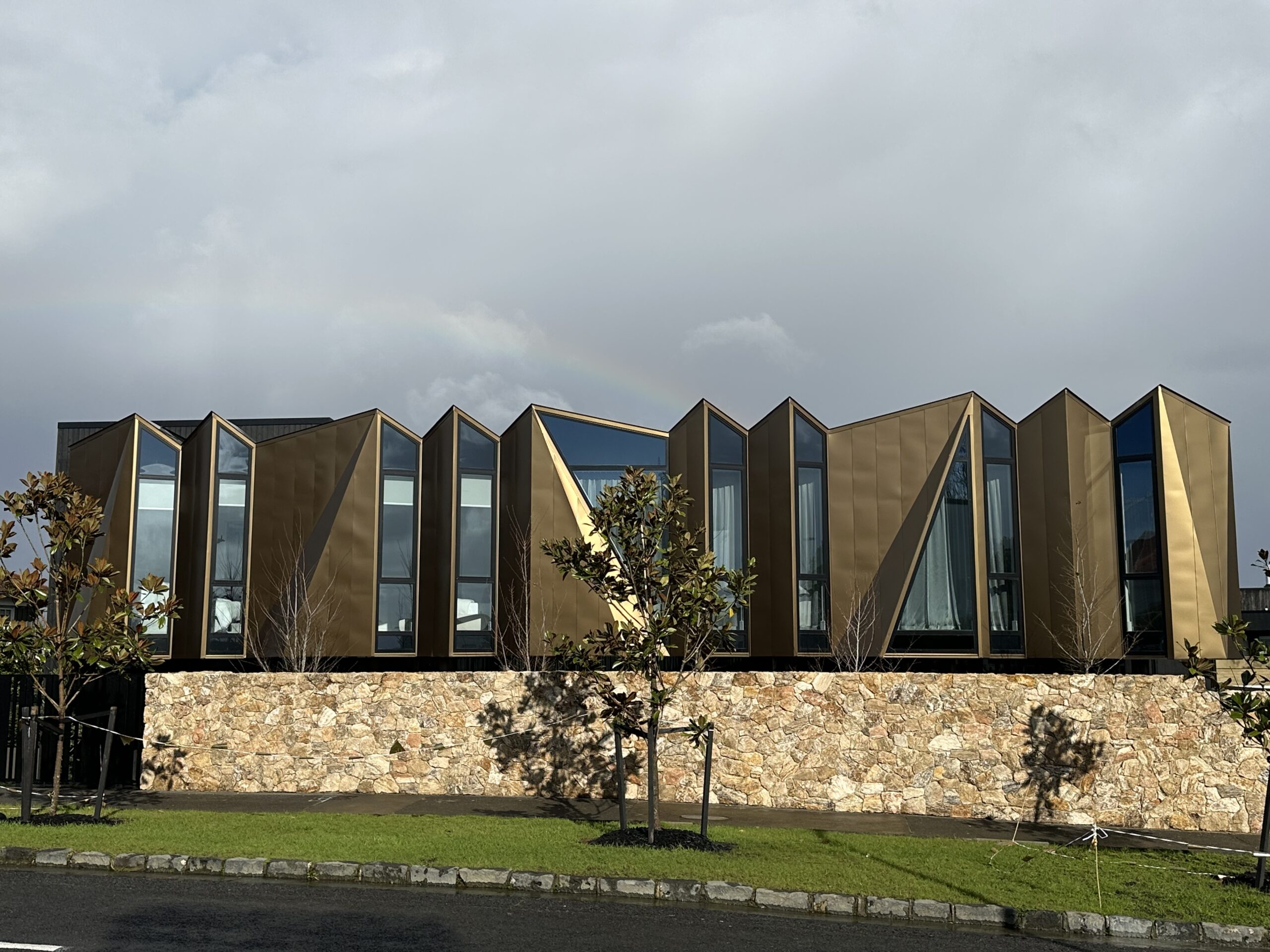- Materials
- Copper
Copper
99.9% Pure Copper Alloys







Grades of Copper Available
DHP Copper (Phosphorous De-oxidised Non-arsenical Copper)
Commonly used for architectural features, such as roofing, cladding, and rainwater goods due to it’s excellent roll forming capabilities. Phosphorous De-oxidation enables brazing and welding operations to be employed without Hydrogen embrittlement occurring in the joined area. This process lowers the electrical conductivity of the Copper from 98% IACS to approximately 85% IACS.
ETP Copper (Electrolytic Tough Pitch Copper)
Noted for it’s high electrical and thermal conductivity, good corrosion resistance and solderability. In New Zealand it is generally used in applications where it’s high electrical conductivity 98% IACS is required.










